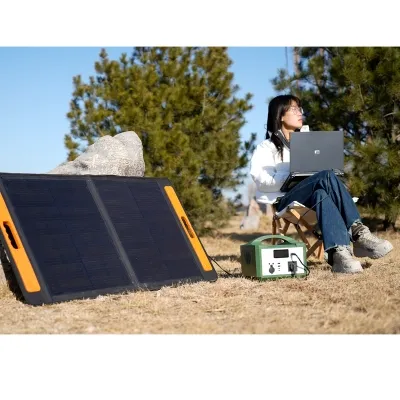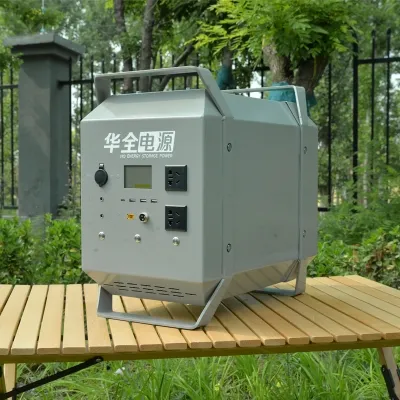Energy storage is revolutionizing the way we use electricity, enabling:
24/7 renewable energy: storing solar/wind energy for nighttime or grid outages.
Lower electricity bills: reducing peak demand charges by 30-50% (DOE data).
Emergency backup: powering critical equipment during outages.
Thanks to falling battery costs (down 80% since 2010), more than 65% of new solar installations now include energy storage.

Types of Energy Storage
1. Battery Storage (Most Popular)
Type Capacity Life Best For
Lithium-ion 5-30kWh 10-15 years Homes, EVs, SMEs
Lead-acid 1-10kWh 3-5 years Budget backup
Flow Battery 50-500kWh 20+ years Grid/Industrial Use
2. Thermal Storage
Storing excess energy as heat (like molten salt) for later power generation.
Great for solar thermal plants.
3. Mechanical storage
Pumped hydro: Stores energy by raising the water level (90% efficiency).
Flywheel: Short-term grid stabilization (seconds to minutes).
Comparison of key features of energy storage devices
1. Capacity and power rating
Capacity (kWh): Total energy stored (e.g., 10 kWh = 1 kW for 10 hours).
Power (kW): Instantaneous output (e.g., 5 kW required to run an appliance).
2. Efficiency
Top lithium-ion systems achieve 95% round-trip efficiency.
3. Scalability
Modular designs (e.g., Tesla Powerwall) allow units to be added as demand grows.

4. Warranty
Look for a 10-year warranty with a 70% capacity retention guarantee.
Five benefits of energy storage devices
Energy independence: Reduce grid dependency by 60-80%.
Cost savings: Reduce peak demand charges (e.g., California businesses save more than $200 per month).
Environmental protection: Reduce carbon footprint through renewable energy pairing.
Grid support: Earn revenue through utility demand response programs.


